Text

eBird says I'm having my worst year of British birding since 2008, which tracks I guess with no autumn birding trips
0 notes
Text

Thank you Mr Lagadec for providing Black Redstart habitat. Adult female/first-winter in the middle of West Hill yesterday. Probably a wintering bird with a wide range, with a sighting nearby a month or two back by someone else.
0 notes
Text

Vismig redpolls
Fly-over redpolls are always good value but what to record them as? There's a strong argument that there is only one species of redpoll anyway but currently we have Lesser, Common and Arctic.
For vismig purposes in the British Isles, we can rule out Arctic Redpoll by default. It's a very rare species to encounter and you probably would notice one overhead anyway, as they do seem to call differently and might even look bright white to the naked eye given a decent view.
The only redpoll that ever struck me as sounding different overhead was in the Hemsted Forest, Kent, a few years ago, and I have a strong suspicion that it was a Coues's Arctic Redpoll but we shall never know.
Based on the fact that almost every settled redpoll I see in Britain is a Lesser, and Commons have always required thorough searches through flocks of their warm-toned cousins, on eBird I record all fly-over redpolls as Lessers. But on Trektellen I log them as redpoll sp. I know, not very consistent but that's what seems right to me for these respective platforms.
Anyway, I've been meaning to photograph fly-over redpolls at West Hill, my new patch in Hastings where we've just moved to. My first attempt was only the other day and at some rather distant birds but I figured the season is pushing on so I'd better try to get something, in order to see whether any of them look like Commons.
Reviewing the photos on the back of the camera, one of the birds instantly stood out as having an extensive, clean white rump. I've never seen a rump this white on a Lesser and certainly can't imagine one would be this extreme in late autumn/early winter, so as awful as the photo is, I consider this a 'money shot' of a fly-over Common Redpoll.
0 notes
Text
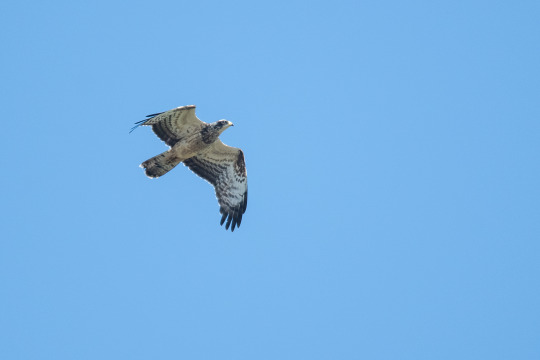
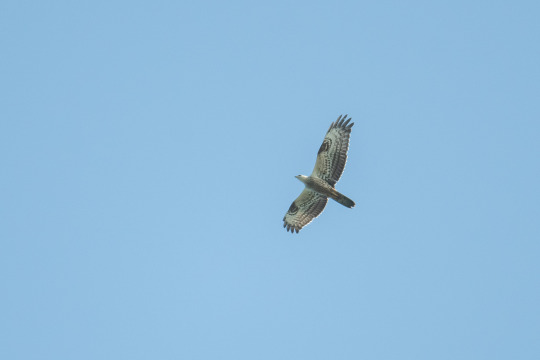


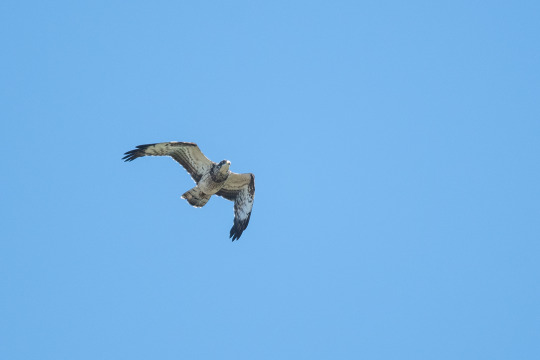
Back from a Sweden birding bash for my friend Magnus's 50th birthday. We jammed in on the best Honey Buzzard day for Falsterbo this millennium. Nice to see the full spectrum of variation: dark and pale morphs, males and females, adults and juveniles. Such good birds.
#birding#wildlife#birdblr#birdlovers#ornithology#birds#birds of prey#honey buzzard#pernis apivorus#raptor migration#raptors#bird photography#birdwatching#wildlife photography
1 note
·
View note
Text

Migration air traffic! Spotted Flycatcher and Willow Warbler cross paths mid-air, both on their way to Africa south of the Sahara, making the journey for the first time. They hatch with an internal compass and a schedule, but this autumn they will calibrate against further cues like the stars of the night sky.
3 notes
·
View notes
Text

weather update from cat-brother Nigel is much wet next update 30 minutes
7 notes
·
View notes
Text

I've always wanted to see Grey-headed Woodpecker. It is quite widespread on the Continent, but after too many failed searches I'd given up targetting the species on my travels — I'll see one when I see one.
On the edge of my hearing at the Founders of the Bulgarian State Monument the other day, I thought I heard the strained 'yaffle' of one. A short while later we were watching this male drumming and calling in the dappled woodland light.
Luck delivers eventually!
#birding#ornithology#birdblr#wildlife#nature#birds#bird photography#birdwatching#bird lovers#bird photo#birds of tumblr#woodpecker
0 notes
Text
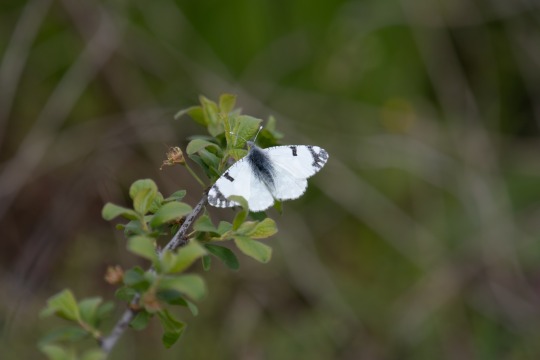
One of my favourite butterflies from last week's trip to Bulgaria: Eastern Dabbled White
0 notes
Text
Today I got a goodgirl ribbon for acing the hooples and roundies
4 notes
·
View notes
Photo

2 notes
·
View notes
Photo

Long-eared Owl — lurking (almost) unseen
1 note
·
View note
Photo

Dipper in Devon last October
1 note
·
View note
Video
The first in what we hope will be a series of videos - a short birding session on the Adur Estuary
3 notes
·
View notes
Photo

Shake it off! Great Northern Diver — or Common Loon to you in the States — in between dives off the Isles of Scilly in October
1 note
·
View note
Photo
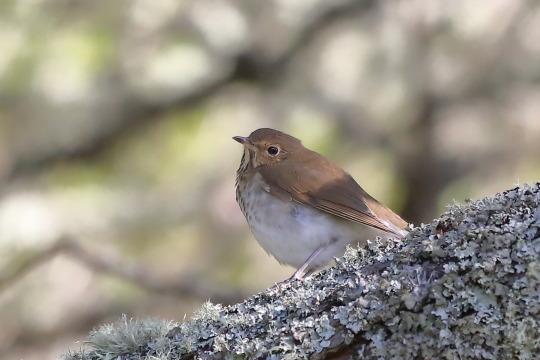
Forgot I hadn’t finished going through my photos from Scilly 2022 - this showy Swainson’s Thrush on sunny Tresco was a hands-down highlight. My second in Britain after the one on Skokholm in 2015.
3 notes
·
View notes
Photo

In all honesty, I find it incredibly hard to scramble together an optimistic view of the future of Britain’s birdlife, so I welcome any shot of positivity I can get.
When I last saw a Marsh Tit at my old patch back in Surrey, in 2013, the species had become a rare visitor and had been lost as a resident breeder at the site in the previous five years. I never thought I’d see the species return — along with Lesser Spotted Woodpecker, it was in inexorable decline. Just one symptom of the ransacked, left-for-dead British countryside.
Imagine my joy when, during a walk I was leading for the local bird group there, I watched a pair of Marsh Tits in Banstead Woods again. The male was singing and this was no one-off: local birders rediscovered the species in 2020, with one or two pairs showing signs of breeding and even a young bird trapped and ringed in a nearby garden.
If there is hope for a woodland specialist which has suffered significant declines over the years, like the Marsh Tit, then we can turn round the fortunes of other beloved species, given the will.
1 note
·
View note
